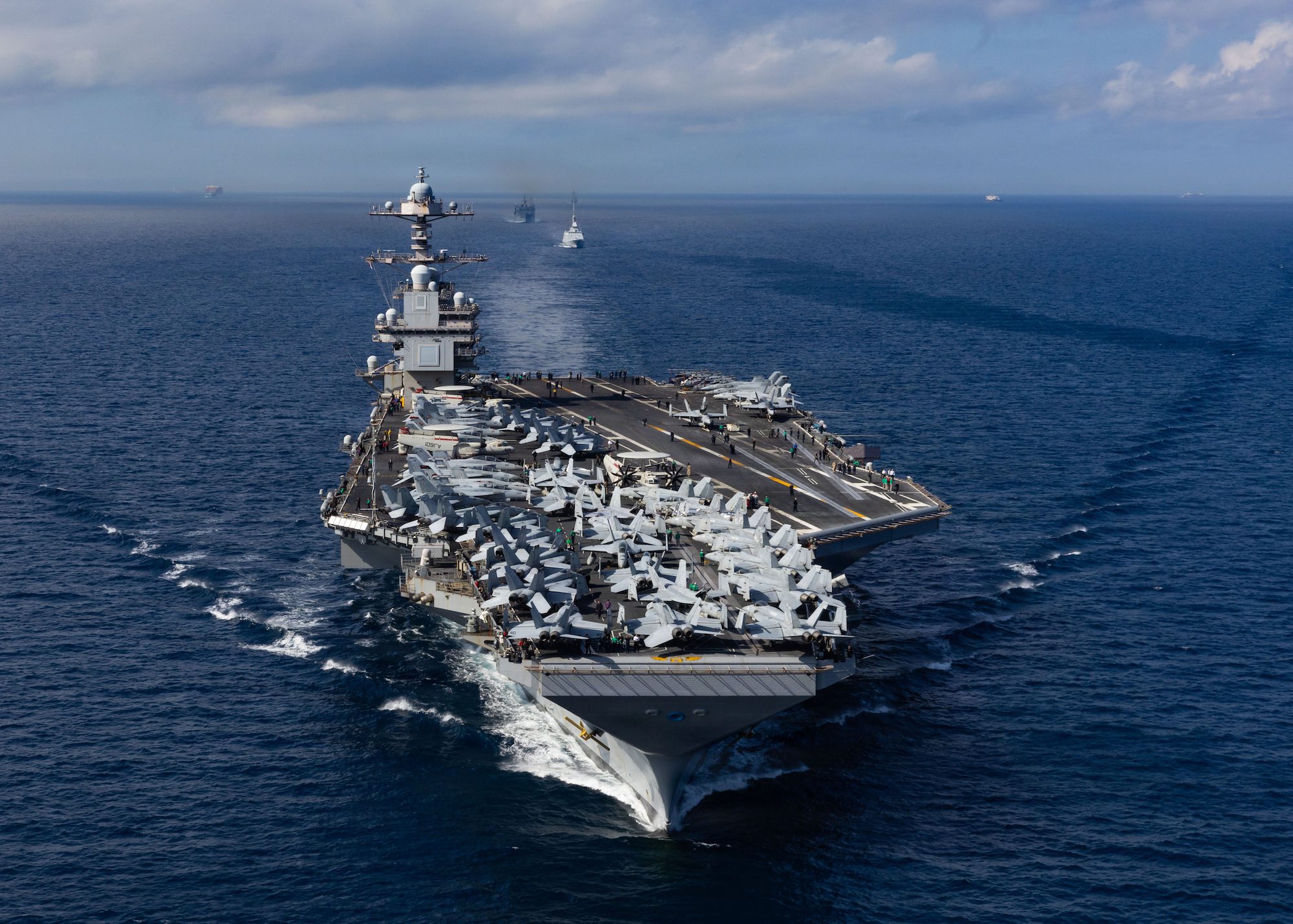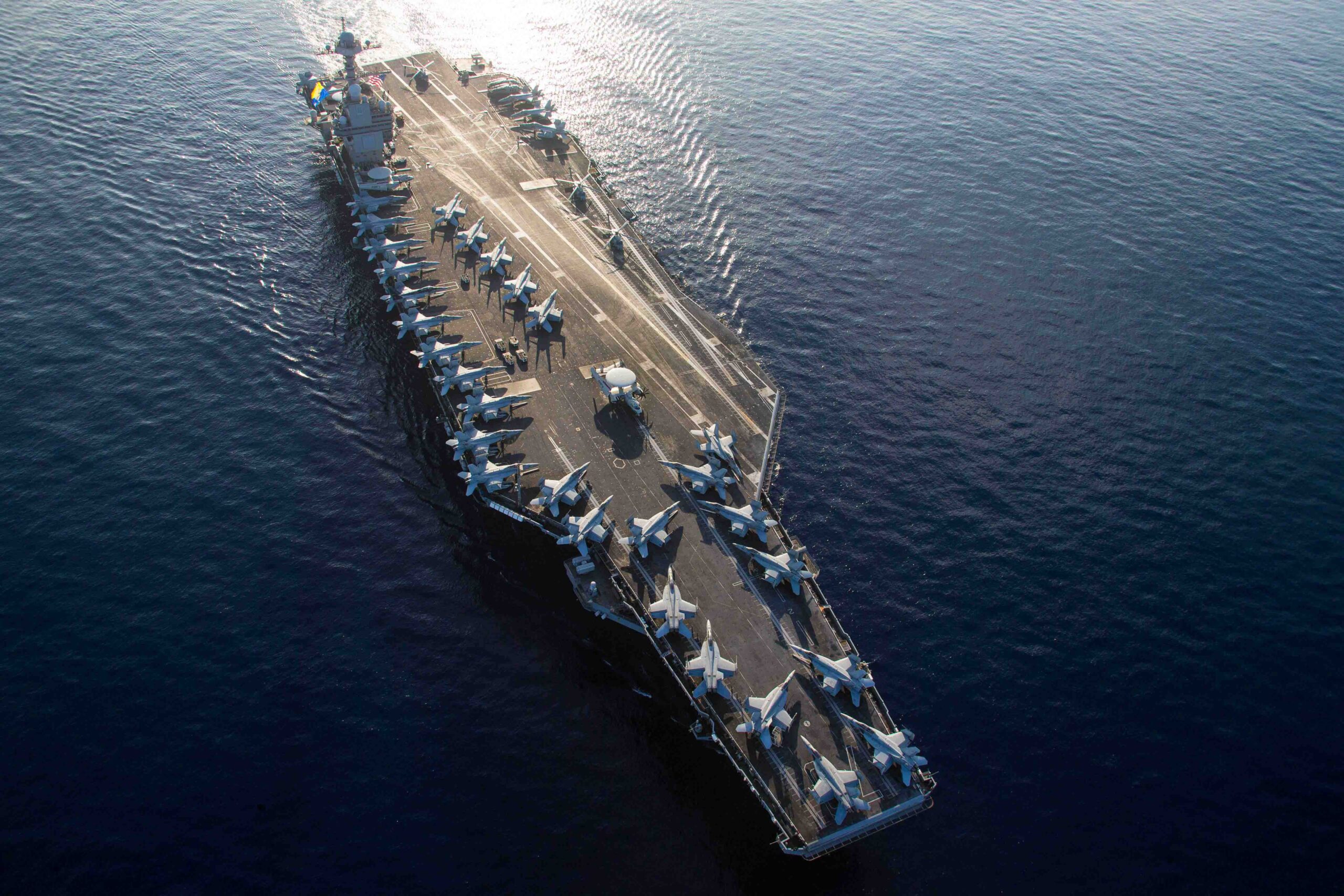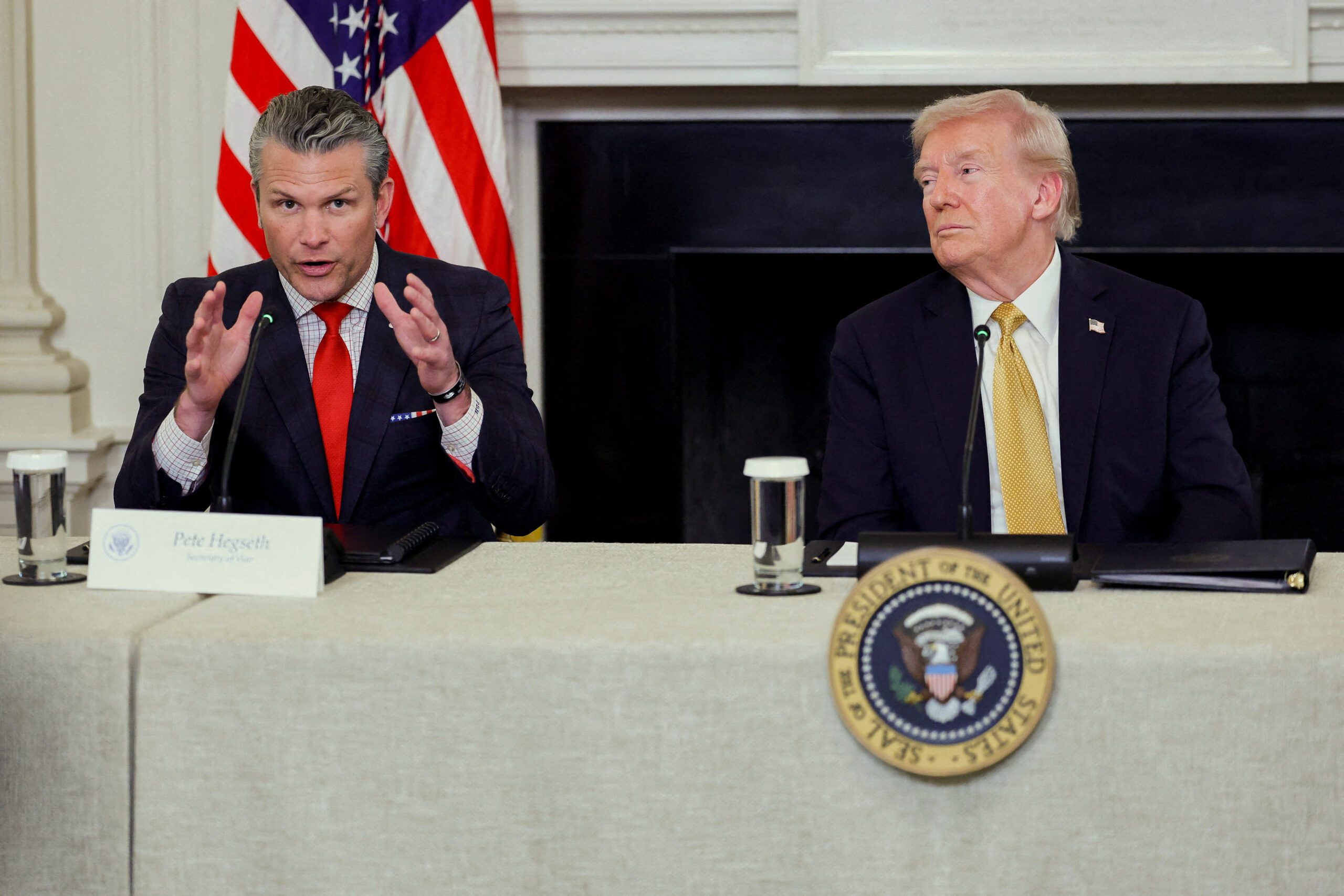Secretary of the Navy (SECNAV) Carlos Del Toro underscored the urgent need for modernization and expansion in the domestic shipbuilding industry during his keynote speech this week at the Navy League’s Sea Air Space expo in National Harbor, Maryland.
The address highlighted the various maritime challenges the nation is currently facing, ranging from geopolitical tensions, such as the excessive maritime claims of the People’s Republic of China and Houthi attacks on shipping, to emerging technological needs.
“Over the past forty years, America’s maritime shipbuilding capabilities and capacity have atrophied,” said Del Toro. “The consequences for naval shipbuilding have been manifesting for years and will grow ever more acute unless we reverse the underinvestment, both private and public, in modernization and industrial capacity.”
The Secretary emphasized that, while the U.S. constructs the most capable warships in the world, the shipyards where they are built are “decades behind the global technological standard.”
“This is an inefficient approach requiring far too much time, workforce, and taxpayers’ dollars,” he said.
Secretary Del Toro also noted that U.S. allies like South Korea and Japan can build high-quality ships, including AEGIS destroyers, both at a fraction of the cost and on time and budget.
“When my team and I went to South Korea, we were floored at the level of digitization and real-time monitoring of shipbuilding progress, with readily available information down to individual pieces of stock materials,” said Del Toro, referring to his recent trip to tour South Korea’s biggest shipyards. “Their top executives could tell us–to the day–when ships would be delivered,” he said.
In the U.S., many of the Navy’s top shipbuilding programs are running years behind schedule and over budget, according to a recent internal review.
Del Toro sees current challenges as an opportunity to partner with more U.S. and international shipbuilders. He suggests attracting advanced shipbuilders to open U.S.-owned subsidiaries and invest in domestic commercial shipyards, which could help to modernize and expand the shipbuilding industry, create well-paying “new-collar” jobs, and foster a healthier, more competitive workforce.
“Let’s be clear–I want American industry to thrive. As a business owner for almost two decades, I understand your perspective. I am pushing our shipbuilding industry to invest in itself to get better, to be technological leaders, and to once again deliver platforms on-time and on-budget,” he said.
To address some of the challenges facing the industry, the Secretary said he has tasked the new Office of Strategic Assessment (OSA) to explore opportunities for improvement identified in a recent 45 Day Comprehensive Shipbuilding Review that the Secretary ordered in January as part of his new ‘Maritime Statecraft’ strategy, as well as to develop innovative approaches for more effective ship procurement.
“I created OSA just for this kind of purpose—to provide data-driven assessments and recommendations that will help drive smart choices for our Department,” he said.
The Secretary concluded by stressing the importance of a creating “a steady demand signal to the industry” and prioritizing the increase of industrial capacity to meet global challenges.
“The maritime battlespace is ever-changing and demands constant adaptation and innovation from all of us. We must continue to foster a culture of open communication, unyielding collaboration, transparency, and trust to find creative solutions to the complex problem-set which lay ahead of us,” he said.

 Join The Club
Join The Club










